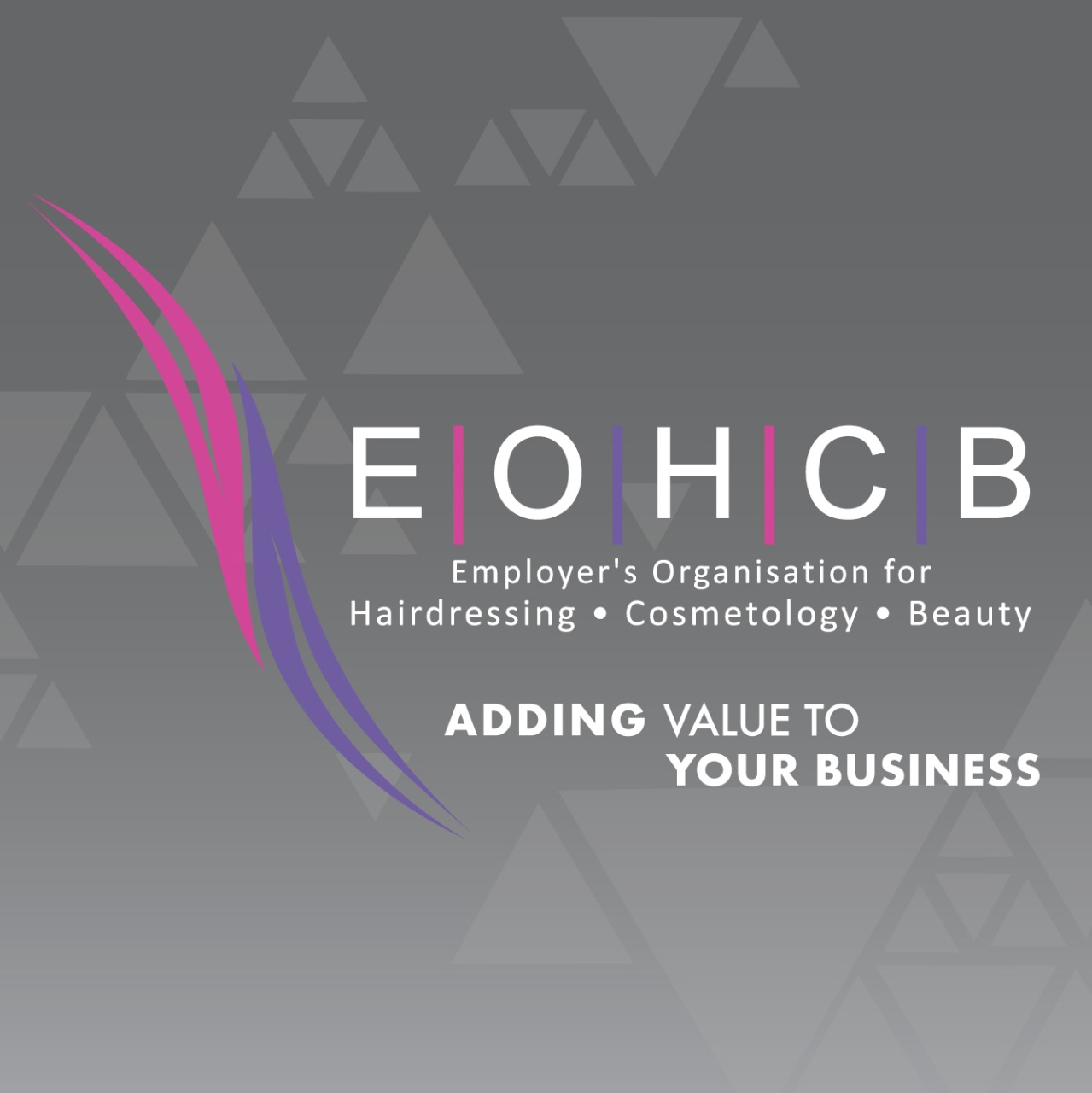SOCIAL MEDIA IN THE WORKPLACE: BRIDGING OR BREAKING WORKPLACE RELATIONSHIPS
- EOHCB National

- May 8
- 2 min read

In today’s digital age, social media is a bit of a double-edged sword at work. It helps people connect and collaborate, but it can also blur the lines between personal and professional life, sometimes causing conflicts, distractions, or even hurting reputations. Both employers and employees need to find a way to make the most of the benefits while keeping the downsides in check.
The Positive Side: Strengthening Relationships and Communication
Social media can be a powerful tool for improving workplace morale and connectivity:
Enhanced Team Bonding: Platforms like WhatsApp, Telegram, or even informal group chats help foster quicker communication and camaraderie among colleagues. Employees can celebrate birthdays, share achievements, or engage in friendly banter that builds trust.
Remote Team Integration: For hybrid or remote teams, social media bridges the gap created by distance. Virtual interactions often compensate for the lack of water-cooler conversations in physical workspaces.
Employer Branding and Engagement: When employees share positive content about their work environment or company values, it boosts the business's public image and helps attract talent and clients.
Knowledge Sharing: LinkedIn, for example, provides a space for professional development, allowing employees to share industry news, insights, and achievements that inspire others.
The Dark Side: Disruption, Division, and Discipline
Despite the upsides, the misuse of social media can damage professional relationships and disrupt workflow:
Workplace Distractions: Excessive scrolling or engagement during work hours hampers productivity and focus. This can also create resentment among colleagues who perceive the behaviour as slacking.
Blurring Professional Boundaries: Casual interactions can sometimes cross lines, especially when disagreements or misunderstandings spill from online platforms into the workplace. Often leading to harassment of different sorts.
Cyberbullying and Gossip: Social media can become a breeding ground for passive-aggressive behaviour, exclusion, or even defamation. When employees talk/gossip/vent about colleagues or management online, it erodes trust and damages morale.
Confidentiality Breaches and Reputational Risk: Sharing sensitive information or venting about internal issues on public platforms can have legal consequences and tarnish the company’s reputation.
Employer Considerations: Policy and Culture
Employers must walk a fine line between respecting employee freedom and maintaining a professional environment:
Clear Social Media Policies: Outline expectations for appropriate use, both during and outside of working hours, especially when an employee associates themselves with the company online.
Education and Training: Raise awareness about digital conduct, confidentiality, and the long-term implications of online behaviour through regular training and HR communication.
Lead by Example: Leaders who use social media responsibly set a tone for workplace norms. Encourage inclusive, respectful, and positive online behaviour.
Supportive Culture: Create an open environment where concerns can be addressed internally rather than vented online. This reduces the risk of reputational harm and builds mutual respect.
Social media in the workplace isn’t inherently good or bad—its impact depends on how it’s used. When approached mindfully, it can be a valuable asset to workplace relationships, promoting collaboration, engagement, and transparency. But without boundaries, it risks damaging trust, professionalism, and productivity.
As workplaces continue evolving in the digital era, fostering a culture of accountability and digital awareness is key. Social media should complement—not complicate—our professional relationships.

